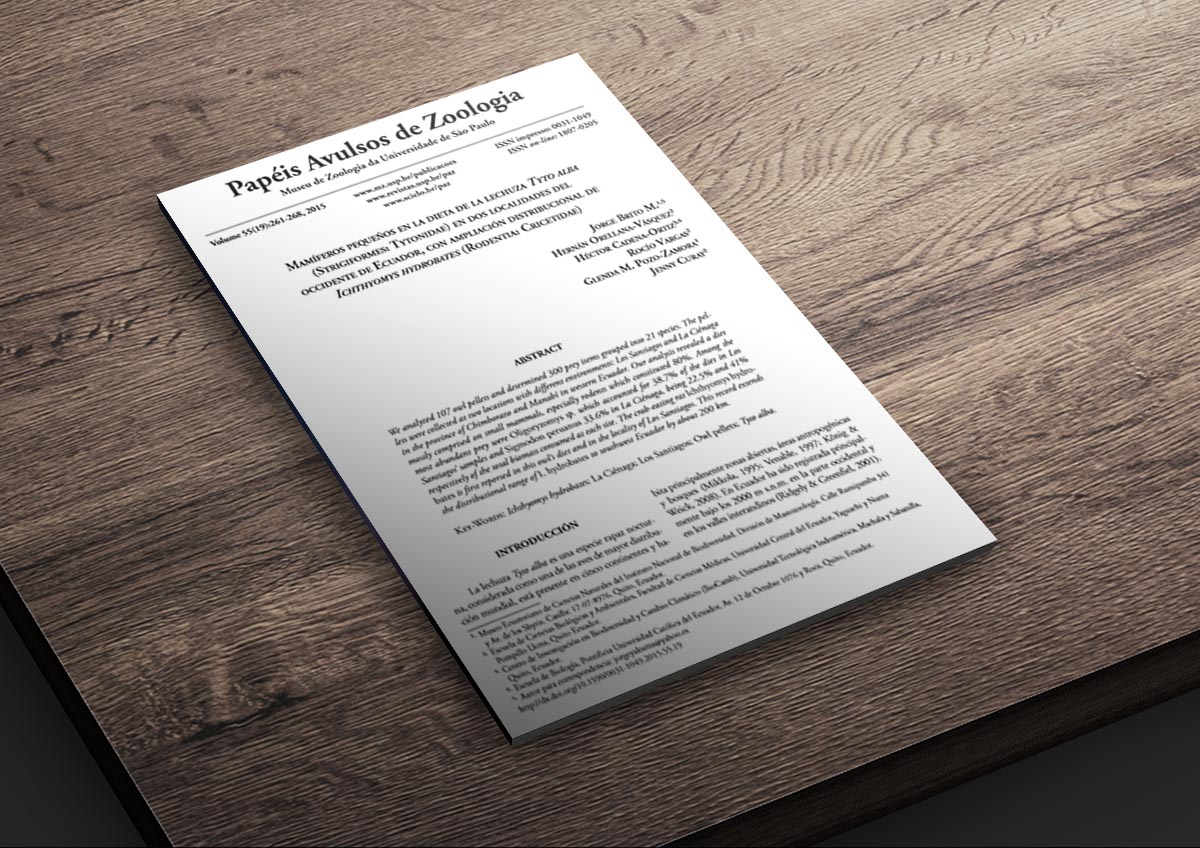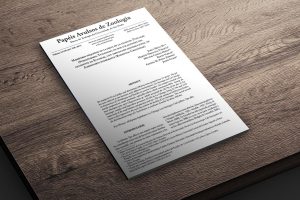| Descripción |
One of the largest members of Sigmodontinae, the extinct Megaoryzomys curioi from Santa Cruz Island in the Galápagos Archipelago (Ecuador), is traditionally treated as a representative of Thomasomyini. We contrasted this hypothesis based on a direct study of craniodental material of M. curioi, including a well-preserved skull assessed through CT-scan examination, within a broader sampling of brachydonts sigmodontines. M. curioi lacks or presents a poorly expressed suspensory process of the squamosal bone, while in Thomasomyini this structure is well developed. In the same way, M. curioi does not exhibit the condition in the dorsal aperture of the ectotympanic displayed by the Thomasomyini, and the morphology of the mandible also contrasts with the widespread condition shown by Thomasomyini. Besides, the procingulum of the first lower molar in M. curioi lacks the typical pattern of Thomasomyini composed of two defined conulids. Overall craniodental morphology in M. curioi favours its allocation to the Oryzomyini. This alternative hypothesis resolves two biogeographical issues connected with the target genus: (1) Galápagos Islands were colonised by members of a single sigmodontine tribe (i.e., Oryzomyini) and (2) within the sigmodontine radiation; members of the Oryzomyini were uniquely capable of reaching oceanic islands. |



